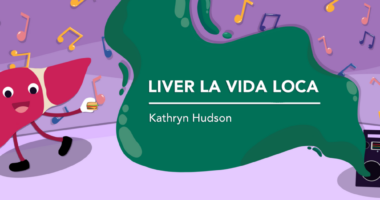Exposure to High-Fat Diet in Womb and During Breastfeeding Linked to Liver Disease

A child exposed to a mother’s high-fat diet while in the womb and breastfeeding is at greater risk of developing non-alcoholic fatty liver disease (NAFLD) later in life, a study in mice suggests.
Non-alcoholic fatty liver disease leads to fat accumulating in the liver. Although it is generally associated with obesity, scientists are still learning why some people develop it and some don’t.
Their findings could help identify who is most at risk for the disease, providing new clues to treatments.
Dr. Michael Thompson presented the study, titled “Increased Fibrosis and Ductular Reaction in Liver of Offspring Exposed to Maternal High Fat Diet,” at the American Society for Investigative Pathology‘s annual meeting in Chicago. It was part of the Experimental Biology meeting that was held in conjunction with the conference.
“Complications of obesity are a significant cost burden for the medical system, especially given the prevalence of obesity,” Thompson, a pediatric endocrinology fellow at Nationwide Children’s Hospital, said in a press release. “Understanding how maternal exposures impact obesity-related disease such as nonalcoholic fatty liver disease will allow us to develop lower-cost preventative therapies to utilize up front rather than awaiting complications down the road.”
Researchers wanted to know if a mother’s high-fat diet while pregnant and breastfeeding would affect her child’s liver later in life. In particular, the team wanted to know if there would be fibrosis, or scarring.
A mother’s high-fat diet was associated with fibrosis, researchers discovered. When the team switched mice whose mothers had been on a high-fat diet to a low-fat diet, they developed fibrosis as adults. Their livers also showed signs of fat accumulation and inflammation.
The findings indicated that exposure to a high-fat diet in the womb could change a child’s liver in adulthood, making them more prone to liver disease. The results could have implications for people who are not obese but whose mothers were.
Mice exposed to a high-fat diet in the womb also had mutations in genes that regulate bile acid, leading to abnormal levels of the acid, researchers also discovered. That finding suggested that a liver disease called cholestasis, which stems from an impaired flow of bile, may also be associated with a high-fat diet in the womb.
“If human offspring from obese mothers have a similar risk for developing fibrosis as we see in mice, we may be able to predict who is going to develop more serious disease,” Thompson said. “Knowing who are most at risk for more serious disease will guide us on which patients should be treated more aggressively. Furthermore, understanding the biological mechanisms involved in this increased risk could lead to preventative therapies.”
The research team plans to use the same mouse models to evaluate preventive therapies that could be given to pregnant mothers or to their children after birth.






